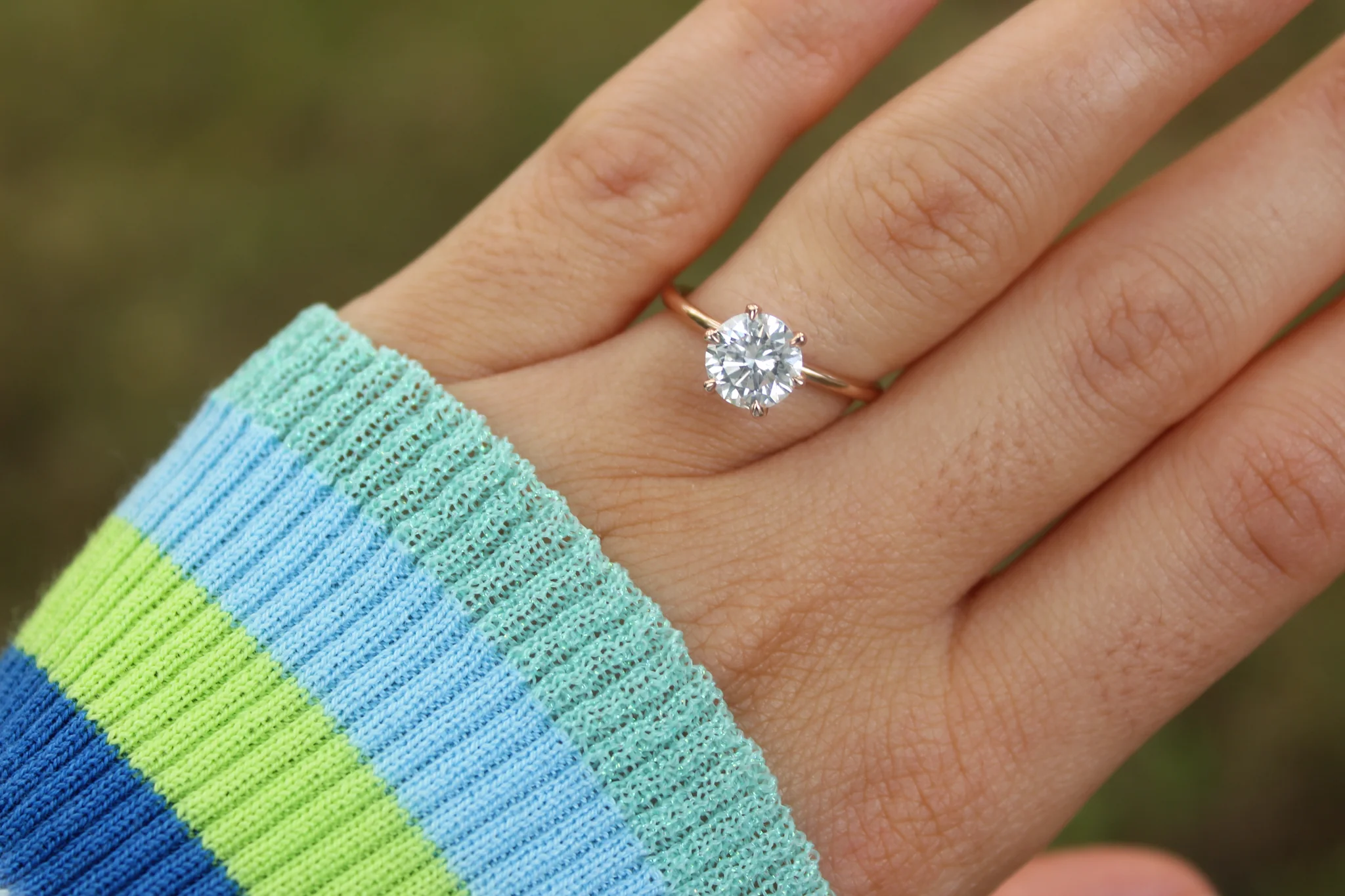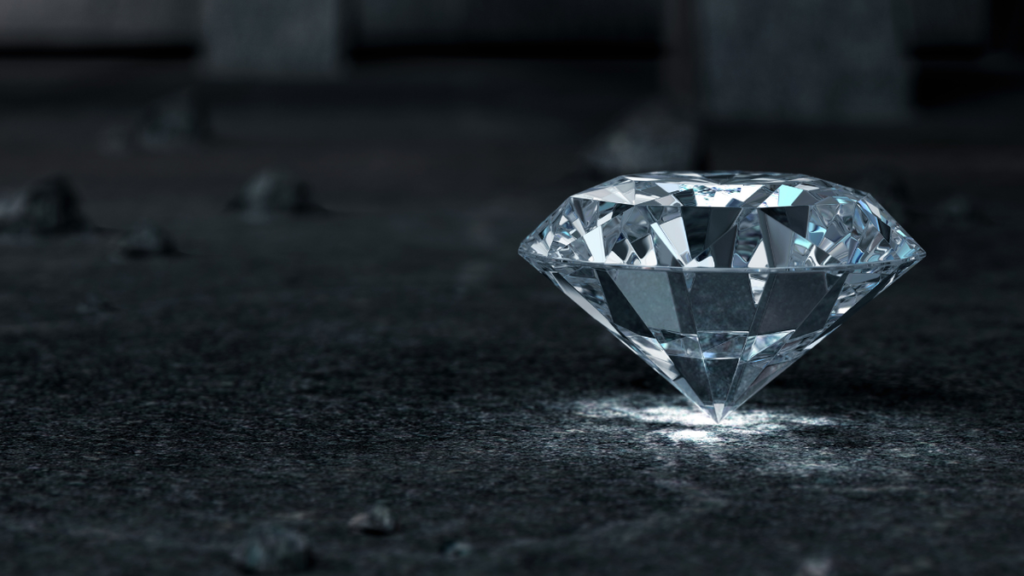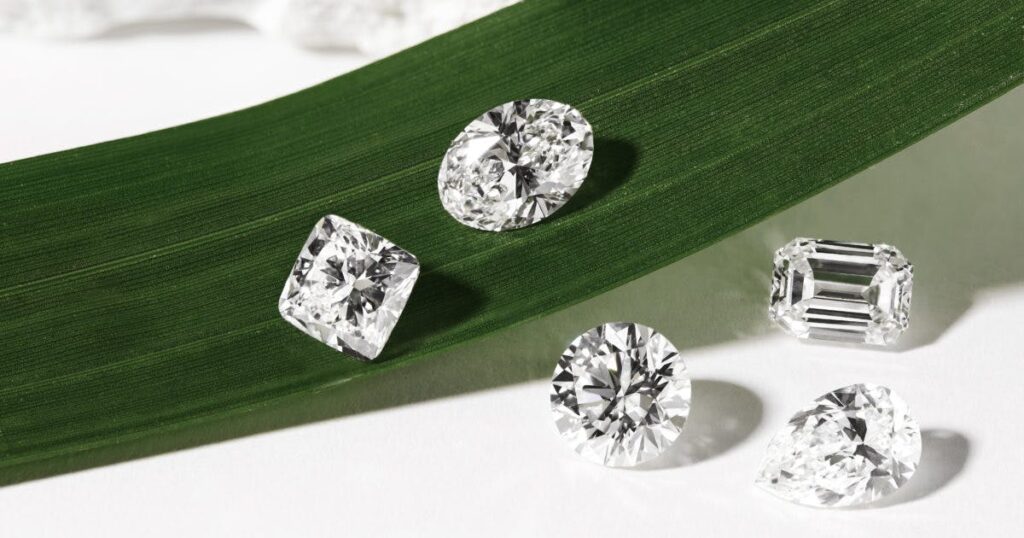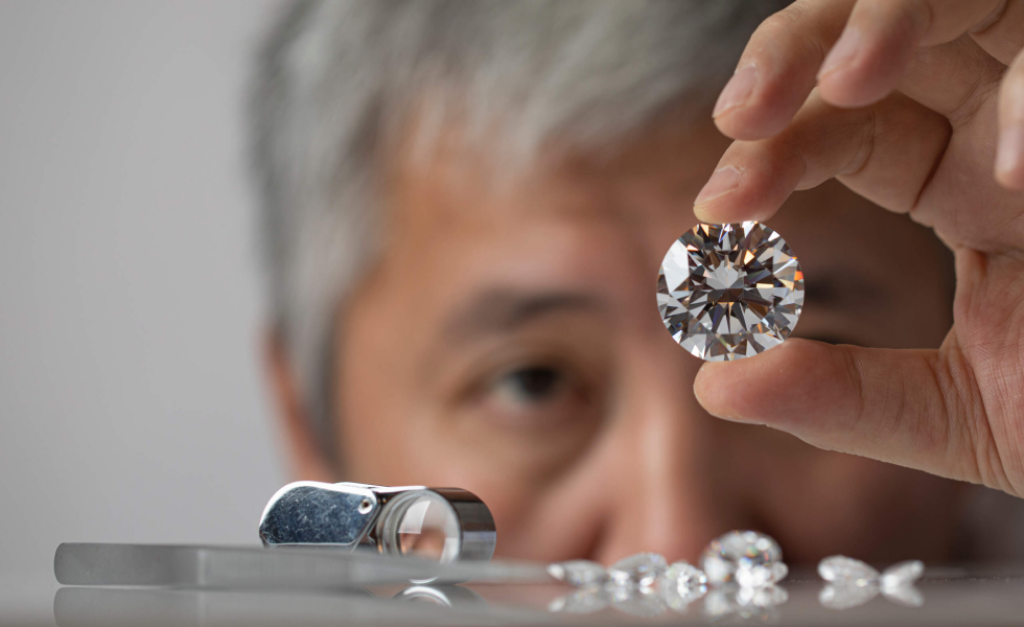
Diamonds have been highly sought after for centuries due to their beauty, rarity, and durability. However, the traditional process of mining and extracting them has come under scrutiny due to its negative impact on the environment and ethical concerns surrounding labor practices. In response to these concerns, the lab-grown diamond industry has emerged as a sustainable and ethical alternative to natural ones. In this blog post, we will take a deep dive into the process of creating lab-grown diamonds – from the initial diamond seed to the finished product. We will explore the differences between natural and lab-grown diamonds, the science behind creating lab-grown ones, the different methods of their growth, and the environmental and ethical benefits of lab-grown ones. Join us on this journey to discover the fascinating world of lab-grown diamonds and their promising future in the jewelry industry.
Table of Contents
Introduction to Lab-Grown Diamonds

Source: thehindu.com
Diamonds have long been a symbol of love, wealth, and prestige. These precious stones are formed deep within the earth’s mantle under intense heat and pressure over millions of years. However, with the advancements in technology, scientists have found a way to create them in a laboratory setting. These lab-grown diamonds, also known as synthetic ones, are becoming increasingly popular due to their environmental and ethical benefits.
Differences Between Natural and Lab-Grown Diamonds
Natural diamonds are formed deep within the earth’s mantle under intense heat and pressure. The process of its formation can take millions of years, and they are typically extracted from mines. On the other hand, lab-grown ones are created in a laboratory setting, using advanced technological processes that simulate the natural diamond formation process. While natural ones are rare, lab made diamonds can be produced in large quantities, making them more accessible and affordable.
The Science Behind Creating Lab-Grown Diamonds
The process of creating lab-grown diamonds involves replicating the natural formation process. The two most commonly used methods for their growth are High Pressure High Temperature (HPHT) and Chemical Vapor Deposition (CVD).
Starting with a Diamond Seed: The Diamond Growth Process
The growth process of a lab-grown diamond begins with a small diamond seed, which acts as a base for it to grow on. The seed is placed in a chamber and exposed to carbon-rich gasses, which act as the source of carbon needed for its growth.
The Role of Heat and Pressure in Diamond Growth

Source: businessinsider.com
Heat and pressure play a crucial role in its growth process. In the HPHT method, the seed is placed in a high-pressure chamber and exposed to temperatures of up to 2,200 degrees Celsius. The high temperature and pressure conditions force the carbon atoms to bond together and form a diamond lattice structure. In the CVD method, the seed is placed in a low-pressure chamber, and the carbon-rich gasses are heated to high temperatures using microwaves. The high-temperature gas breaks down, and the carbon atoms attach to the seed to form a lattice structure.
Different Methods of Diamond Growth
There are different methods of diamond growth used in laboratories, and the choice of method depends on its desired characteristics. For instance, the HPHT method is used to create ones with a high color and clarity grade, while the CVD method is used to create larger ones. As technology continues to advance, new methods for creating lab-grown pieces may emerge, making the production process even more efficient and cost-effective.
How Lab-Grown Diamonds are Cut and Polished

Source: queensmith.co.uk
Once the diamond is grown, it undergoes the same cutting and polishing process as a natural one. The rough product is analyzed to determine the best way to cut it, and then it is shaped and polished to bring out its brilliance and sparkle. After the polishing process, it is inspected to ensure it meets the required specifications.
The Environmental and Ethical Benefits of Lab-Grown Diamonds
Lab-grown diamonds have several environmental and ethical benefits compared to natural ones.
– First, they are produced in a controlled environment, reducing the impact on the environment. Natural diamond mining can lead to deforestation, soil erosion, and water pollution.
– Second, they are conflict-free, meaning they do not have any association with human rights violations, such as child labor, forced labor, or funding of armed conflicts.
– Finally, they are traceable, making it easier to ensure they are ethically sourced.
Cost Comparison between Natural and Lab-Grown Diamonds
The cost of lab-grown diamonds varies depending on several factors, such as the size, color, and clarity grade. Generally, they are more affordable than natural ones. This is because they do not require extensive mining and extraction processes, which can be expensive. Additionally, their supply is increasing, which is leading to a reduction in their cost.
However, it is worth noting that some natural diamonds are rare and can fetch a high price due to their unique characteristics. In contrast, lab-grown ones can be produced in large quantities, which means that they may not hold the same value as their natural opponents.
Conclusion: The Future of Lab-Grown Diamonds

Source: yadavjewelry.com
The increasing demand for ethical and sustainable products is driving the growth of the lab-grown diamond industry. As consumers become more conscious of their purchasing decisions, they are becoming an attractive alternative to natural ones. Their environmental and ethical benefits are significant, and they are likely to become more popular in the future.
However, it is important to note that natural diamonds still hold a significant place in the market, especially for those seeking rare and unique ones. Both natural and lab-grown pieces have their place in the market, and the choice ultimately depends on personal preference and budget.
In conclusion, the process of creating lab-grown diamonds involves replicating the natural formation process using advanced technological processes. The result is a diamond that is chemically and physically identical to a natural one, but with several environmental and ethical benefits. Lab-grown diamonds are more affordable than natural ones and are becoming increasingly popular due to their ethical and sustainable production processes. As the demand for ethical and sustainable products grows, their future looks bright.







